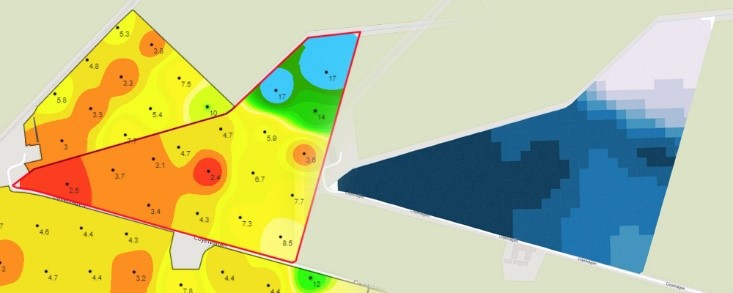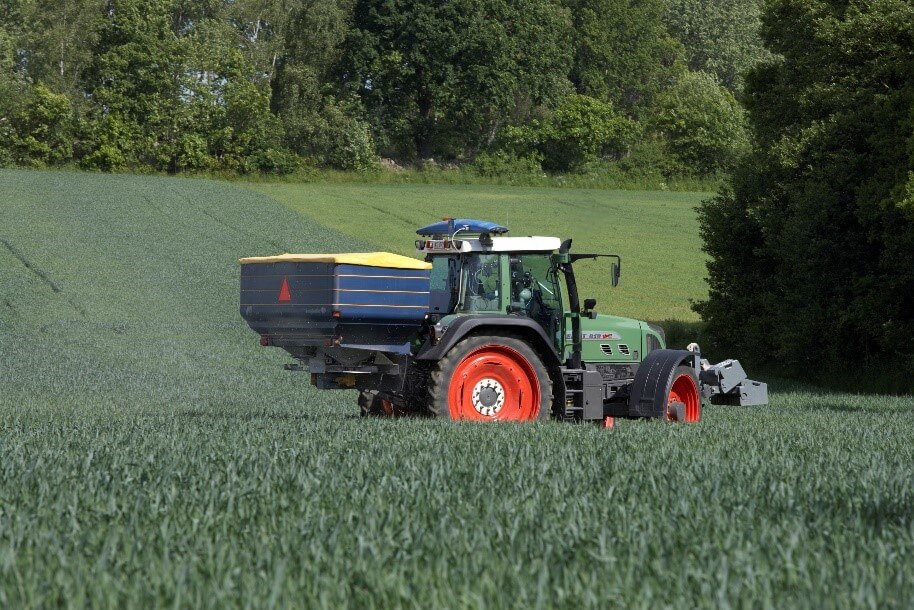
Lantmännen is an agricultural cooperative and Northern Europe’s leader in agriculture, machinery, bioenergy and food products.
Lantmännen is an agricultural cooperative and Northern Europe’s leader in agriculture, machinery, bioenergy and food products.
The Agriculture Sector constitutes Lantmännen's core business and offers products and services to promote strong, competitive farming.
The Food Sector develops, processes and markets products that include flour, breakfast foods, pasta, frozen and fresh bread, crispbread and ready-to-eat meals.
Lantmännen is an agricultural cooperative founded on the deep knowledge our farmers have aquired over generations. We make farming thrive and work together to take responsibility from field to fork.
From our core farming business, through the value chain, from field to fork, we are involved in every step from sowing to harvesting; to the food on our tables, feed for our livestock and climate –smart biofuels.
Owned by Swedish farmers, Sweden is our base with the Baltic Sea area as our expanded domestic market. We have a strong international presence, and no matter which country and location we operate in, we always take the same responsibility.
We pursue research and invest in innovation for tomorrow’s agriculture, bioenergy and foods of the future. Innovations are crucial if we are to resolve the challenges of today and tomorrow, which is why Lantmännen also has its own research foundation.
You´ll find the Lantmännen sprout on our packaging. The products may be different, but everyone can feel safe that we also minimise impact on climate and people. If you find the sprout on a packet, you can be sure what’s inside is Good Food from Lantmännen.
At Lantmännen, we work to increase precision farming in Swedish agriculture. Precision farming is about putting right product in the right place at the right time. By taking the variations in the field into account, the efforts are optimized for each square meter. This creates conditions for higher yields of the right quality and leads to a more climate-smart cultivation with lower environmental impact.
It can be difficult to see with the naked eye, but the conditions of a single crop can vary greatly within the same field. The differences can be derived from a wide range of conditions, such as varying soil types, how well drained the soil is, nutrients in the soil and pH value. Thus, there are many factors that together affect the harvest and what efforts that will be required. To fend off the variation, and utilize each part of the field's maximum capacity, one can use what we call precision farming – that is putting the right product in the right place and at the right time with the best possible precision.
Examples of the right product are plant nutrients with the right content and distribution of the nutrients that a specific crop and field needs. Nitrogen, phosphorus, and potassium are elements that the crop needs, but in different amounts in the different parts of the field. Other examples of the right product are seeds, where it is important to choose the right variety for the field it is intended to be grown on and based on what it is intended to be used for. At Lantmännen, for example, we have as many as 15 different varieties of wheat that are grown to be used for bread and pastries in bakeries!
It is also important to put just the right amount of the right product in just the right place. To succeed, not only agrarian knowledge of the crop and the fieldn is needed, but also technology that makes precision possible. A GPS is the basic tool in precision farming. It tells the tractor where in the field it is. Going back to the example of plant nutrients above, with the help of computer programs we can create maps of the field (control files) that, based on given soil data, say exactly how much nutrients are to be released in different parts of the field. We then import these control files to the tractor's computer, which in turn tells the fertilizer spreader how much nutrients it should spend on each square meter. Another smart way to control the nutrient supply is to put a sensor on the roof of the tractor that scans the crop, quickly calculates the optimal yield, and then tells the fertilizer spreader how much fertilizer it should spread. With this technology, we ensure that all nutrients end up in the right place and can be absorbed by the crop, so that no excess leaks into soil and water. We also optimize the quantities so that we only use exactly the amount that the crop needs, which leads to increased productivity and profitability for the grower.

On the left side, the image shows a map of a field's phosphorus content. On the right side, the image shows a control file with varied phosphorus input for the same field where dark blue marks a higher phosphorus yield.
Finally, it is important to make your efforts at the right time and here too there are technical tools, including weather stations, that register various parameters that the farmer can look at before making a decision. But when it comes to timing, the agrarian knowledge is so far crucial, where the farmer's skills and experience are needed to hit the right time.

Tractor with a nitrogen sensor on the roof that tells the blue manure spreader how much fertilizer the crop should receive.